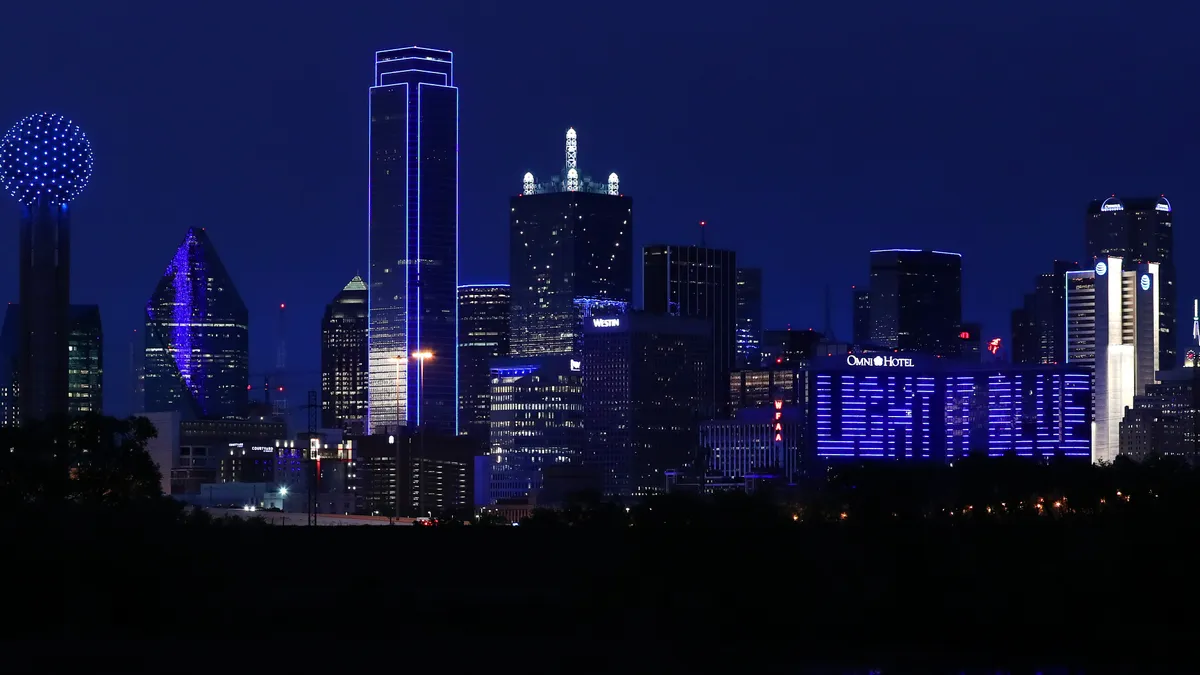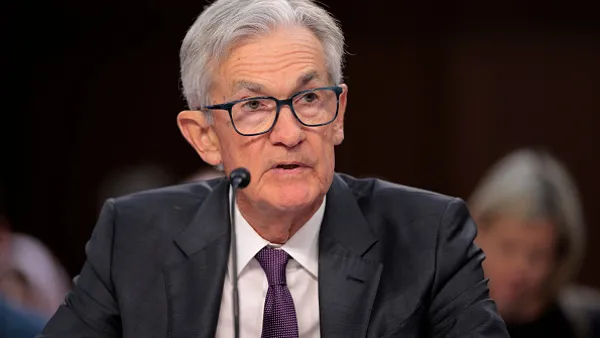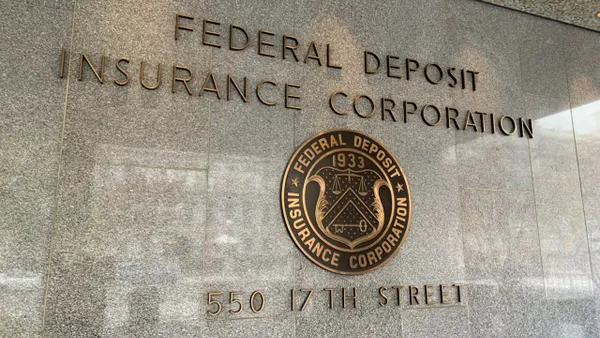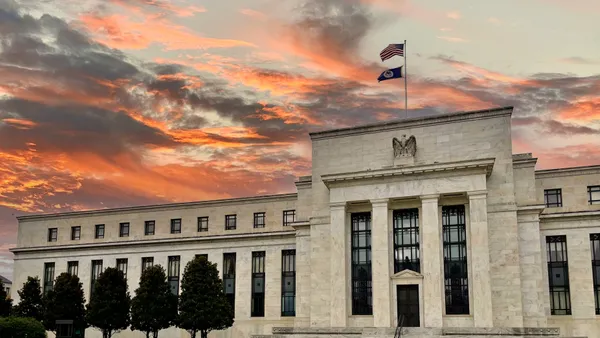Dive Brief:
- Nearly two dozen Latino lawmakers — all Democrats — sent a letter Thursday urging the Federal Reserve Bank of Dallas to choose a Latino candidate as its next president.
- The Fed has never appointed a Latino to lead one of its 12 satellite banks, and the Dallas opening presents a “key opportunity” because its area of responsibility — comprising Texas, southern New Mexico and northern Louisiana — serves a population that is 40% Latino, the lawmakers wrote.
- The Dallas presidency has been vacant since October, when Robert Kaplan retired in the wake of revelations that he traded stocks in the run-up to the COVID-19 crisis. Within weeks of Kaplan’s departure, the Fed issued new rules barring its board governors and 12 regional presidents from buying individual stocks, holding investments in individual bonds or agency-backed securities, or entering into derivatives — or from making transactions “during periods of heightened financial market stress.”
Dive Insight:
Thursday’s letter follows correspondence 11 senators sent in October, urging Fed Chair Jerome Powell to “highly prioritize finding and approving diverse candidates” to lead the central bank’s Dallas and Boston satellites. Now-former Boston Fed President Eric Rosengren announced his resignation hours before Kaplan. Rosengren cited a worsening kidney condition as reasoning for his departure, though financial disclosure forms also implicated him in ethically questionable conduct, and he was facing age-mandated retirement in June 2022.
The Boston Fed in February selected University of Michigan economist Susan Collins to become its next president, beginning July 1. With the move, Collins is set to become the first Black woman to lead a Fed regional bank.
“The [Congressional Hispanic Caucus] celebrates this historic milestone,” Sen. Bob Menendez, D-NJ, and 21 other Latino lawmakers wrote Thursday in a letter addressed to Powell, along with the Dallas Fed’s interim president and the chair of its board of directors — a member of the search committee for the Dallas Fed opening. “We recognize the significant progress the Federal Reserve has made in diversifying its leadership and workforce in recent years; however, there remains significant work ahead.”
The lawmakers cited a “well-documented diversity problem” at the Fed. About 5% of the central bank’s workforce identifies as Hispanic or Latino, the Fed wrote in a March report to Congress on the Office of Minority and Women Inclusion. Twenty-nine of the Fed’s 274 directors identify as Hispanic or Latino, according to the same report. Meanwhile, two of the Fed’s 12 regional presidents — Raphael Bostic in Atlanta and Neel Kashkari in Minneapolis — identify as people of color. Three Black people have served on the Fed’s board or governors in its 108-year history — though that number could stretch to five if the Senate approves recent nominations of Philip Jefferson and Lisa Cook.
Still, roughly 18.7% of the U.S. population is Hispanic or Latino, according to Census Bureau data published in August, and the segment grew 23% over the previous decade, the lawmakers noted. “As these trends are expected to continue, it is even more important that individuals in leadership level positions at the Federal Reserve reflect the racial and ethnic diversity of our nation and understand how working families experience the U.S. economy,” they said.
The Dallas Fed opening is not the only chance for the central bank to install diverse leadership. Charles Evans, president of the Federal Reserve Bank of Chicago, announced last month he will retire early next year. Kansas City Fed President Esther George is slated to age out of her position in 2023, as well.
On the page of its website devoted to its leadership vacancy, the Dallas Fed said the search committee’s priority is “to consider a broad and highly qualified candidate pool that reflects the diversity of the communities we serve in the Eleventh District.”











